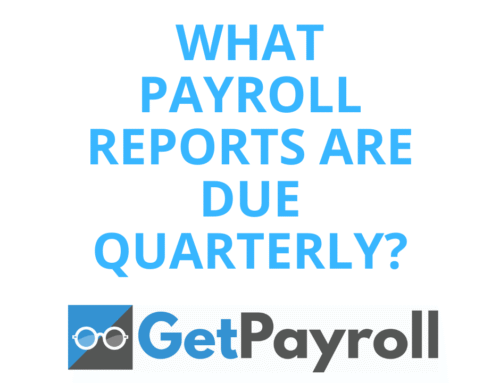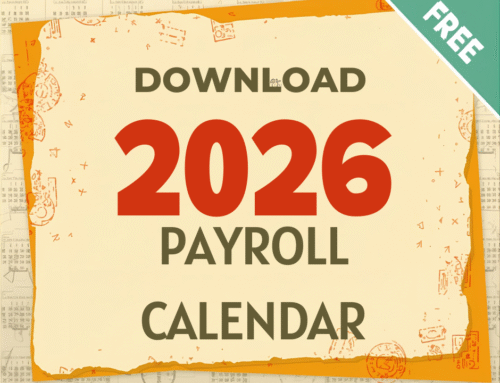
Charles Read, CPA, USTCP, IRSAC
President/CEO GetPayroll
Find me on LinkedIn
- Monthly
- Semimonthly
- Biweekly
- Weekly
- Daily
Quarterly and annual pay periods are used occasionally in very special circumstances. In most cases, you are required to pay at least monthly and, in some cases, more often than that. Here is a link to a chart showing the state-by-state requirements for pay frequency: www.dol.gov/whd/state/payday.htm.
- Monthly: Occurs once a month on a specific recurring date
- Semi-monthly: Occurs twice a month on two specific recurring dates
- Bi-weekly: Occurs every two weeks on a specific day of the week
- Weekly: Occurs once a week on a specific day of the week
Why Do We Recommend Bi-Weekly Pay Period?
We recommend where possible that you pay on a biweekly basis. Monthly is not available in many cases for employees who are subject to overtime provisions of the FLSA or the states.
Semimonthly makes overtime difficult to calculate because the workweek for determining overtime does not coincide with the pay period, which may require you to go back and forth between pay periods to calculate overtime.
Biweekly should be two full work weeks. You can calculate any overtime in each workweek and include it all on the payment for that pay period. It cuts down the number of payrolls you have to run from 52, if weekly, to 26. It may well cut down on the number of deposits you have to make to the government. It helps improve the cash flow of the business. It is well-accepted in most industries. It is a good balance between cost and convenience.
Download our 2025 Payroll Calendar, which shows you all the important dates to keep you in compliance.
Interested in learning more about GetPayroll services?
Are you shopping for new payroll services? Schedule a demo to see if GetPayroll is right for your business.











